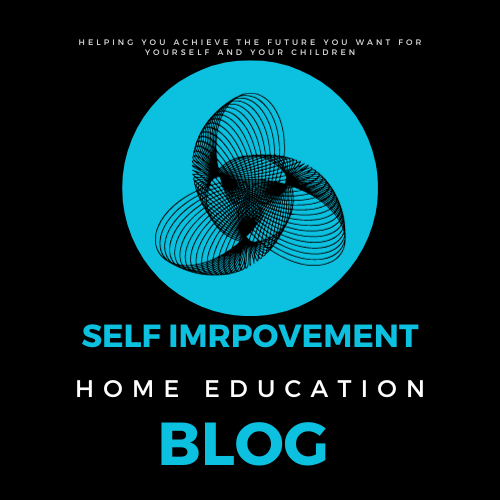Disclaimer: Some of the links on this website are “affiliate links.” This means if you click on the link and purchase the item, we will receive an affiliate commission. We disclose this in accordance with the Federal Trade Commission’s 16 CFR, Part 255: “Guides Concerning the Use of Endorsements and Testimonials in Advertising.

In recent years, homeschooling has gained popularity as a flexible and personalized
alternative to traditional education. One of the key advantages of homeschooling
is the ability to tailor the learning experience to individual students’ needs and
learning styles. In this blog post, we’ll explore the concept of learning styles
and how homeschooling can be a powerful tool in leveraging them for
effective education.
Understanding Learning Styles:
Every individual has a unique way of processing information and acquiring knowledge.
Learning styles refer to the preferred method or approach a person uses to grasp
new concepts. The most common learning styles include visual, auditory,
kinesthetic, and reading/writing.
Identifying and understanding your child’s learning style can significantly
enhance the homeschooling experience. Visual learners grasp information
better through visual aids like charts, graphs, and images. Auditory learners
benefit from listening to information, while kinesthetic learners thrive in
hands-on, interactive activities. Reading/writing learners, on the other hand,
prefer written materials and note-taking to reinforce their understanding.
Tailoring Homeschooling to Learning Styles:
Homeschooling allows parents and educators to create a customized curriculum
that aligns with the child’s learning style. Here’s how you can adapt
homeschooling methods to different
learning styles:
Visual Learners:
Incorporate visual aids in lessons, such as infographics, videos, and diagrams.
Use colorful and visually appealing materials to make learning engaging.
Encourage the use of mind maps and visual organizers for better understanding.
Auditory Learners:
Utilize podcasts, audiobooks, and educational videos to convey information.
Engage in discussions and debates to reinforce learning through verbal
communication. Encourage listening to relevant podcasts or lectures related to
the subjects being studied.
Kinesthetic Learners:
Integrate hands-on activities and experiments into lessons. Plan field trips or outdoor
activities to provide a practical learning experience. Use manipulatives and interactive
tools to enhance understanding.
Reading/Writing Learners:
Provide ample reading materials, including books, articles, and essays.
Encourage note-taking, summarizing, and creating written assignments.
Incorporate writing prompts and essay assignments to reinforce comprehension.
Learning Quizzes:
In addition to tailoring lessons to learning styles, incorporating learning quizzes
into the homeschooling routine can be an effective strategy. Quizzes help assess
understanding, reinforce concepts, and provide immediate feedback. Online
platforms and educational apps offer a variety of quiz formats, making it easy to
integrate them into your homeschooling curriculum.
Conclusion:
Homeschooling, when personalized to accommodate individual learning styles,
becomes a powerful tool for fostering a love of learning. By recognizing and
adapting to your child’s unique preferences, you can create a stimulating educational
environment that not only imparts knowledge but also nurtures a lifelong passion
for learning. Embrace the flexibility of homeschooling, tailor your approach, and
watch as your child thrives in their personalized educational journey.
Disclaimer: The information on this website is public information and is not
individual legal advice. Readers should not rely on or take any action based
upon the information on this website and professional advice should be
obtained particular to the legal circumstances one is facing. While we strive
for accuracy, it is possible that the information on our site may contain
errors or omissions. We disclaim any liability for any such errors or omissions.
